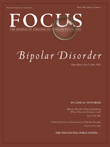Cognitive-Behavioural Therapy for Severe and Recurrent Bipolar Disorders: Randomised Controlled Trial
Abstract
Method
Trial design
Sample size
Inclusion/exclusion criteria
Randomisation procedure
Outcome measures
Baseline data.
Primary outcome measures.
Secondary outcome measures.
Interventions
Cognitive-behavioural therapy.
Treatment as usual.
Quality assurance
Statistical analysis
Results
Recruitment, retention and sample characteristics
Flow of patients into the trial and sample characteristics.
Attrition rates.
Reliability and quality assurance
Outcomes
Recurrence.
LIFE ratings.
Interaction with number of previous episodes.
Discussion
Patient characteristics
Treatment approach

Methodology
Implications for practice

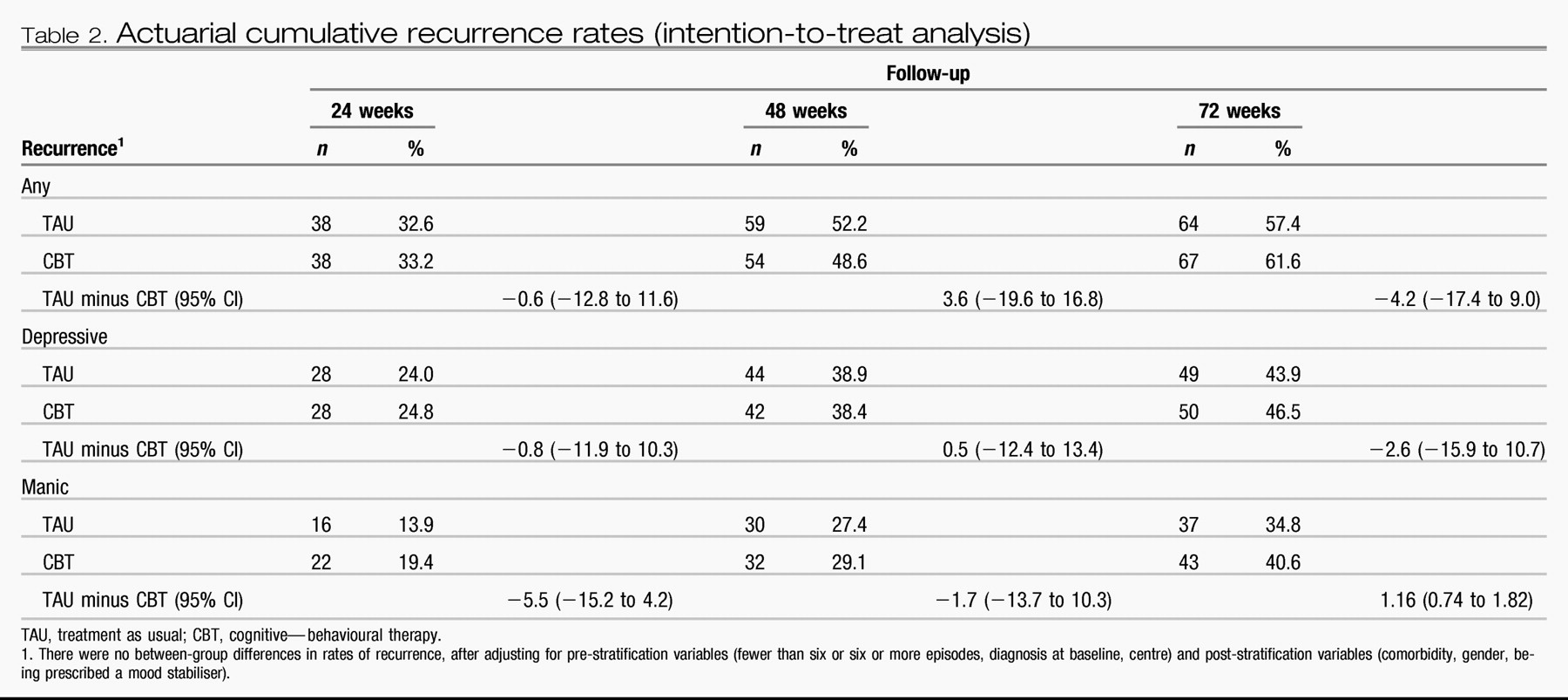
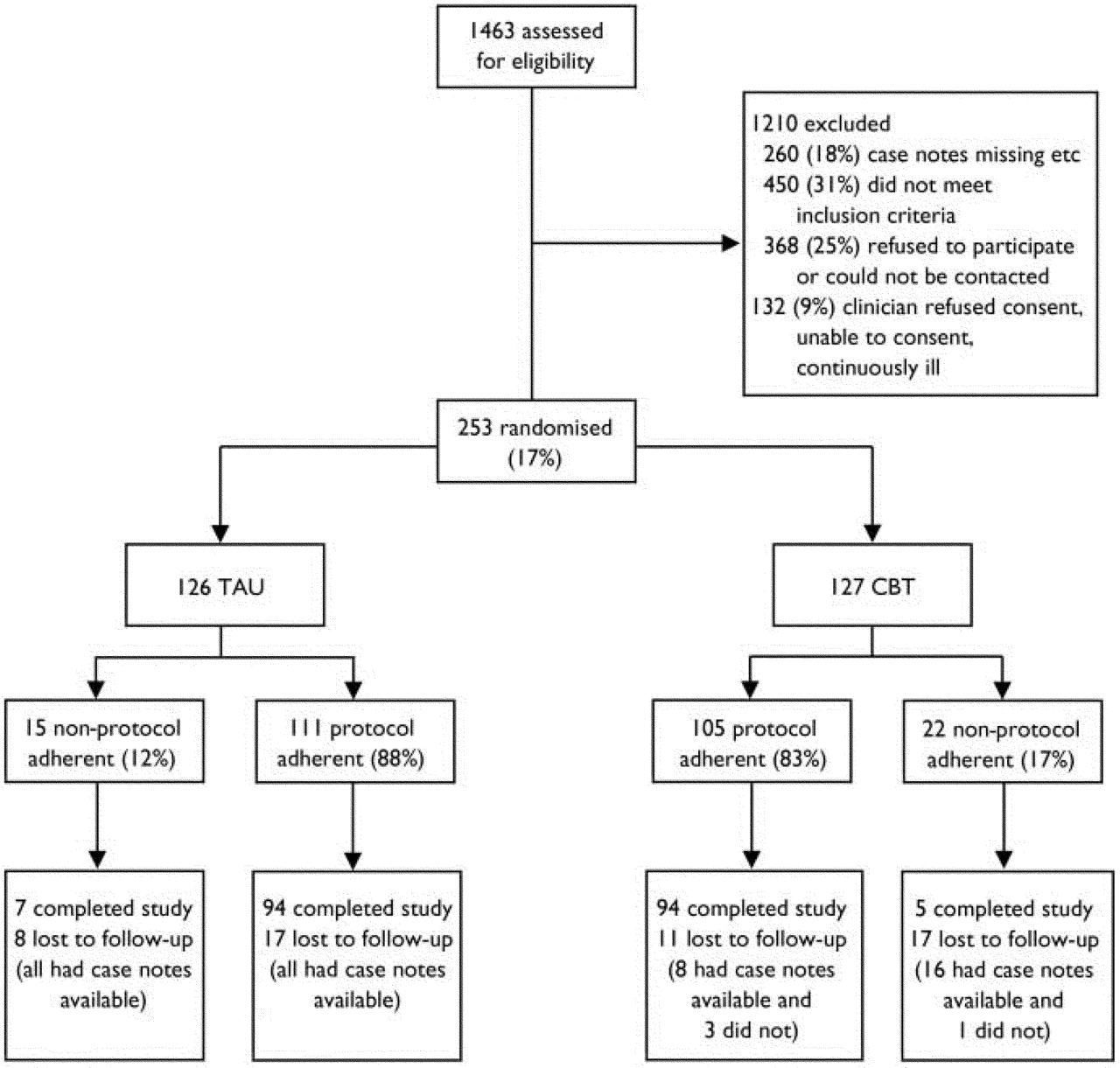
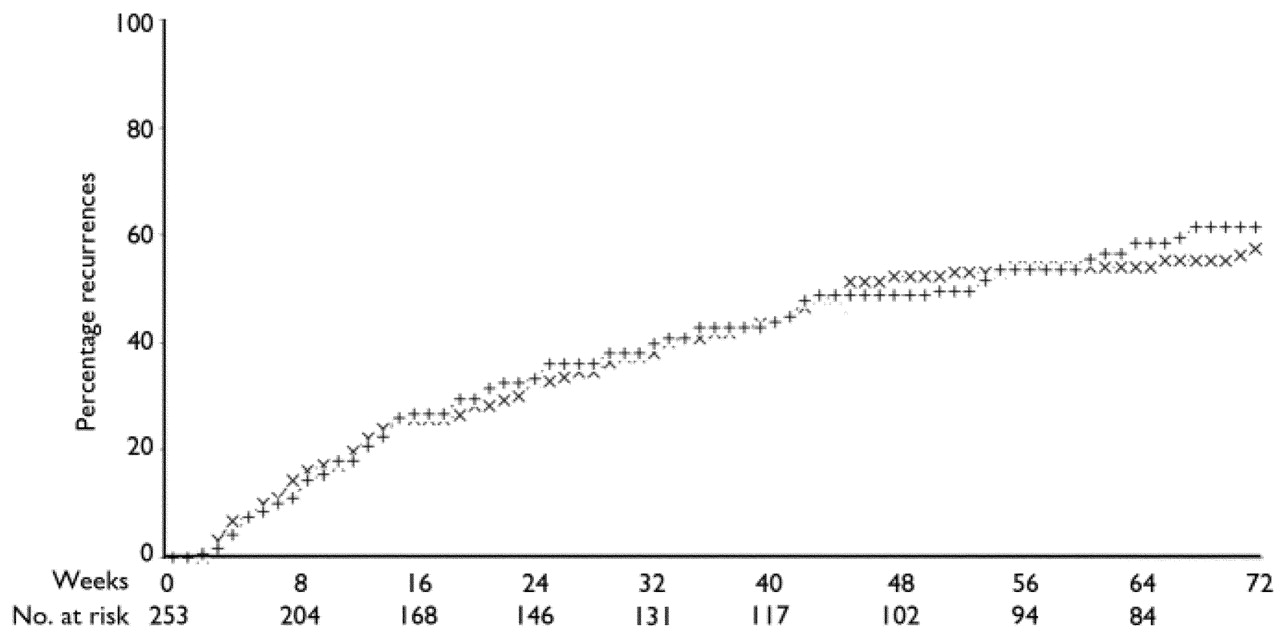
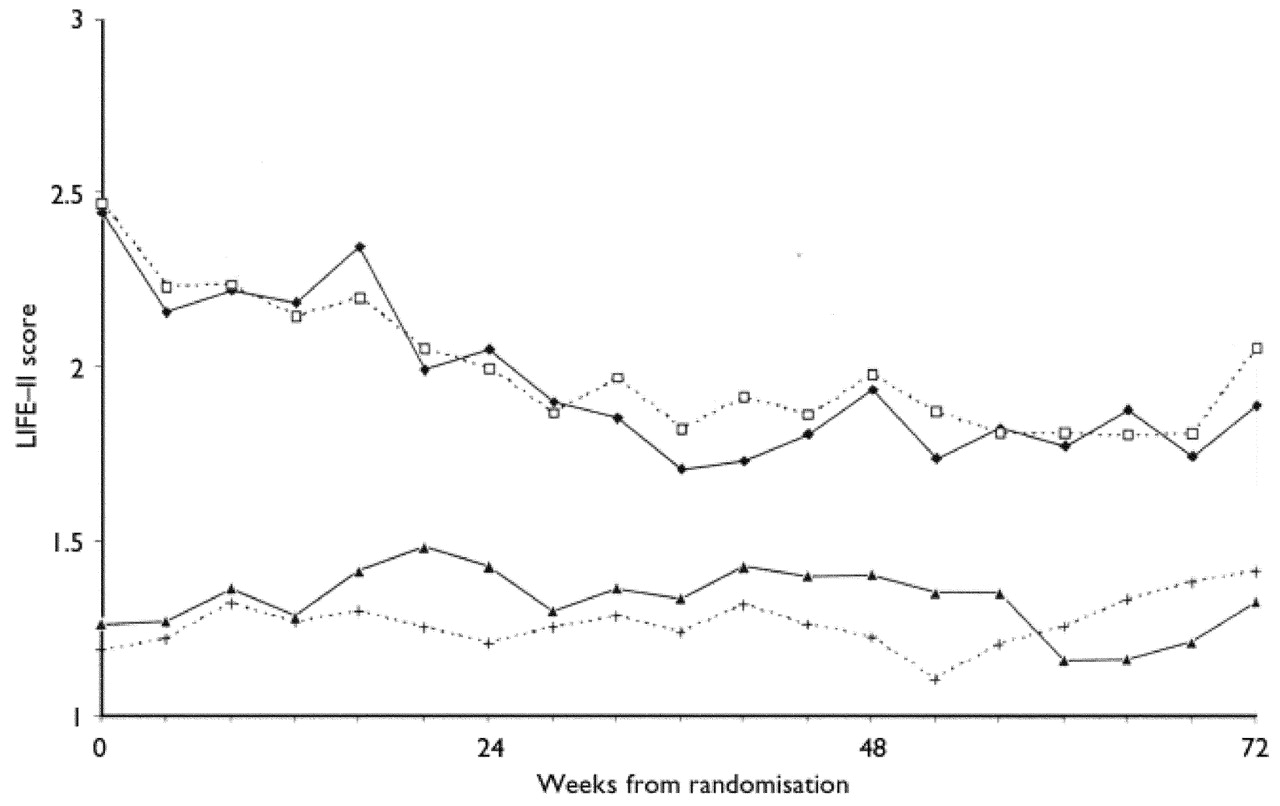
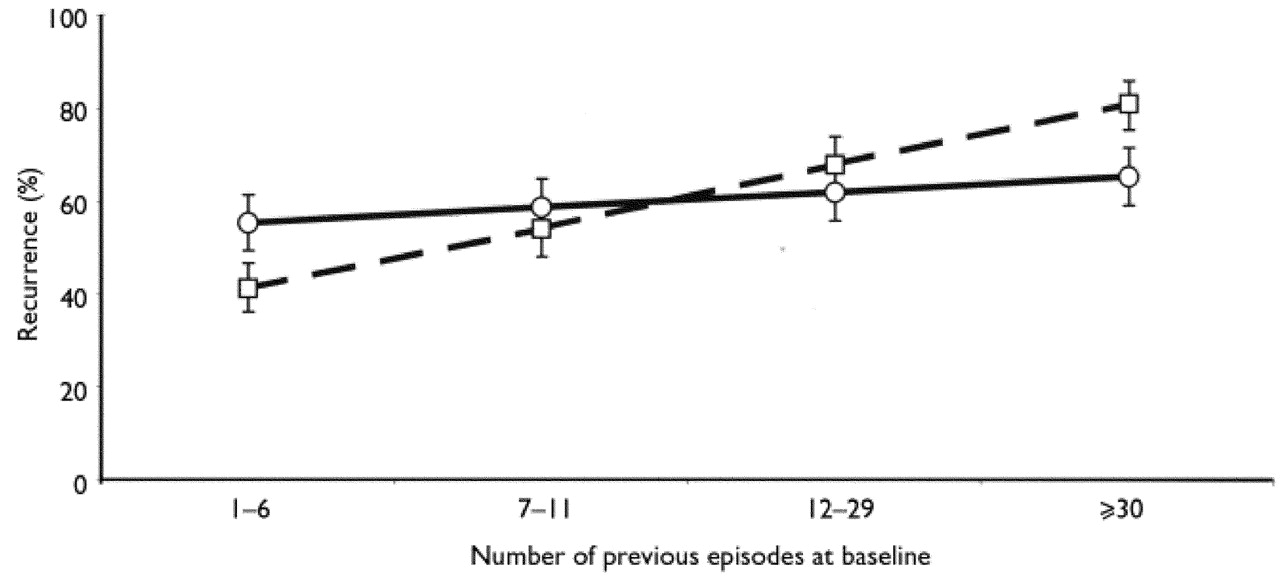
Footnote
REFERENCES
Information & Authors
Information
Published In
History
Authors
Metrics & Citations
Metrics
Citations
Export Citations
If you have the appropriate software installed, you can download article citation data to the citation manager of your choice. Simply select your manager software from the list below and click Download.
For more information or tips please see 'Downloading to a citation manager' in the Help menu.
View Options
View options
PDF/EPUB
View PDF/EPUBGet Access
Login options
Already a subscriber? Access your subscription through your login credentials or your institution for full access to this article.
Personal login Institutional Login Open Athens loginNot a subscriber?
PsychiatryOnline subscription options offer access to the DSM-5-TR® library, books, journals, CME, and patient resources. This all-in-one virtual library provides psychiatrists and mental health professionals with key resources for diagnosis, treatment, research, and professional development.
Need more help? PsychiatryOnline Customer Service may be reached by emailing [email protected] or by calling 800-368-5777 (in the U.S.) or 703-907-7322 (outside the U.S.).
